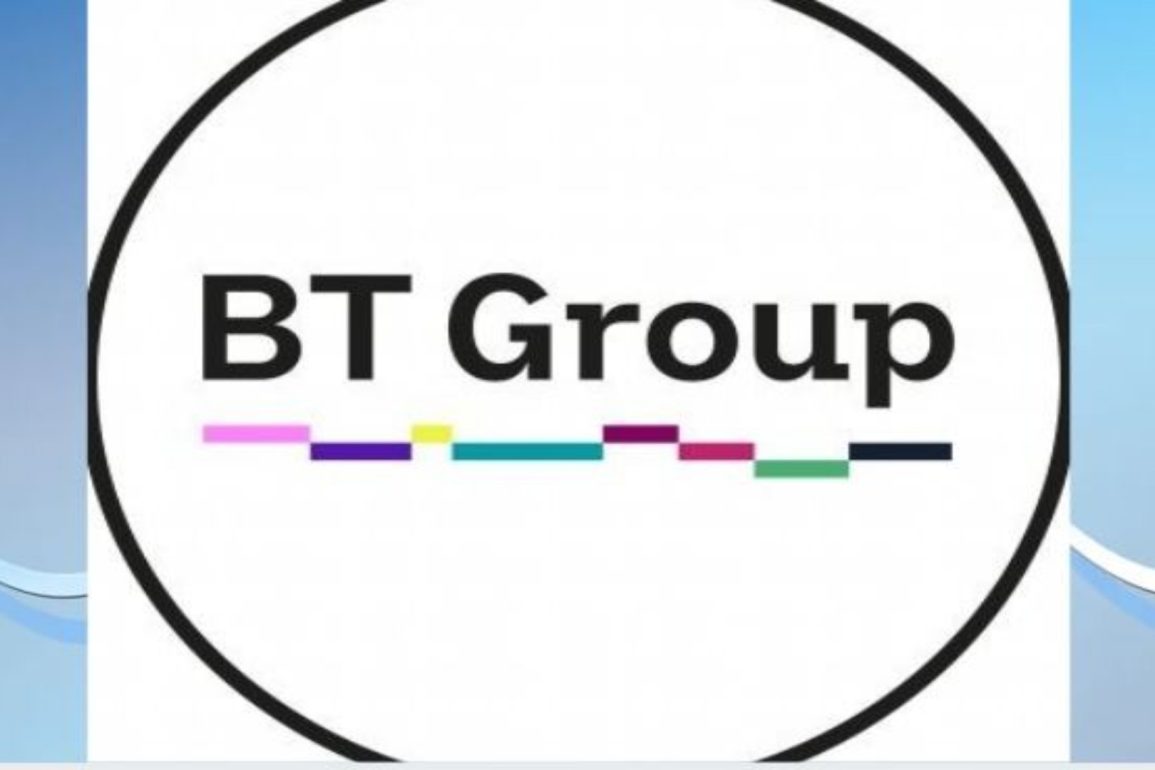- BT share price is at an inflection point considering the much it has gained at the LSE versus the figures in its accounting books.
BT Group (LON: BT.A) share price action in 2025 has shown resilience amid an ongoing transformation, and has gone against the grain by gaining 50% year-to-date. The company has been able to deal with multiple transitions in technology, regulation, and the shifts in the economy as one of the UK’s top telecoms companies.
As the fourth quarter of 2025 approaches, investors will be interested to know the factors that could define BT share price trajectory. We discuss the story behind BT’s share price action and assess its likely performance in the coming months.
BT Stock Foundation Under Pressure
BT Group’s fundamentals in 2025 are a reflection of its being in the middle of a major change in strategy. The telecommunications giant’s ffull-year fiscal 2025 revenues were £20.37 billion, down 2.23% from the previous year and below analysts’ forecasts of £20.82 billion.
The company’s revenues for the fourth quarter were £5.05 billion, which was a little less than the £5.07 billion that most people thought they would be. The company’s earnings per share (EPS) for the year were 18.40p. The most recent quarterly EPS of 0.04p came out slightly higher than what analysts had expected, by 0.002p. These numbers show that the corporation is struggling to make money, but is still able to make some profits.
BT’s focus on rolling out 5G and fiber broadband is still at the core of its transformation strategy. The corporation is spending a substantial portion of its financed on next-generation infrastructure to meet the increased demand for high-speed internet. However, the downside to that is that it has hurt margins, and efforts to cut costs have only partly covered the damage.
With this set up, regulatory tailwinds, such as incentives for investment in infrastructure, could strengthen investor confidence in BT stock. However, macroeconomic issues like interest rates and inflation could still disrupt the momentum.
Meanwhile, the company’s balance sheet shows that it is in a leveraged position, which is common in the capital-heavy telecom business. BT’s debt levels are manageable, but they need to be handled with care so it doesn’t slow down future growth. This further highlights the doubts about BT’s capacity to turn its strategic investments into steadily rising profits.
Price Action: A Tale of Cautious Optimism
BT share price action has had periods of steep climbs and descents in 2025, primarily as a result of broader market sentiment shifts and high-impact company-specific changes. The stock’s price has been trading higher than its 50-day moving average, which is an indicator of short-term strength.
The stock’s price has been going up thanks to bursts of enthusiasm-driven buying, and recent surges in volume show that investors remain interested in the stock. As Q4 gets closer, this might usher in increased volatility, especially if macroeconomic conditions or regulatory environment sours.
Moving Averages Support the Upside
Moving averages make it easier to see BT share price likely trajectory. The 50-day moving average, which is currently acting as a support level, points to near-term bullishness, with the stock trading above this line. A cautiously bullish perspective for the upside is reinforced by the price action above the 200-day moving average.
However, the overall moving average trajectory for BT in some timeframes, especially over the last week, primarily due to the recent pullbacks. There seems to be a battle between short-term and long-term signals, which shows that there is a fight between the present momentum and the market as a whole.
When the price goes over the 50-day MA, it usually signals bullishness among investors, as has been the case in the past few months. On the other hand, a long-term decline below the 200-day average could imply a bearish change. To keep the rising trend going in Q4, it will be important to keep prices above these averages.
Q4 2025 Outlook: Finding the Right Balance Between Opportunity and Risk
BT’s stock price outlook for Q4 2025 depends on a number of things. First, revenue growth could get a stronger momentum if the development of 5G and fiber broadband continues as planned. Also, the stock’s value and margins could rise significantly if the current cost-cutting strategies work.
Meanwhile, the dividend yield isn’t very high, but it does give investors some stability. That said, there are big risks: regulatory problems, higher interest rates, or a slump in the economy could all hurt the market sentiment. Overall, the moving averages and momentum indicators suggest a cautiously hopeful picture, but there might be volatility if the economy trajectory.
In Conclusion
The BT share price outlook for calendar Q4 2025 is one of potential growth tempered by uncertainty. Its fundamentals show that the company is putting a lot of money into its future, but it is having trouble in generating profit while grappling with a debt burden.
Moving averages are some of the technical indicators that show short-term strength but also warn of medium-term risks. Investors need to think about the possibility of 5G and fiber development against outside constraints as the firm goes through its changes. For now, BT is still at a crossroads. Its next chapter will likely be influenced by both how well it executes its plans and the state of the economy as a whole.
BT stock price faces pressure from a heavy debt burden amid increased infrastructure expenditure, with a relatively low level of profit generation.
BT Group has embarked on a growth strategy hinged on cost-cutting and heavy investment in 5G technology and fiber rollout.
BT stock price has a bullish-leaning outlook as per its moving averages and financials. However, much will depend on its efficiency in executing its cost-cutting measures, 5G infrastructure revenue and the broader macroeconomic performance.
This article was originally published on InvestingCube.com. Republishing without permission is prohibited.


